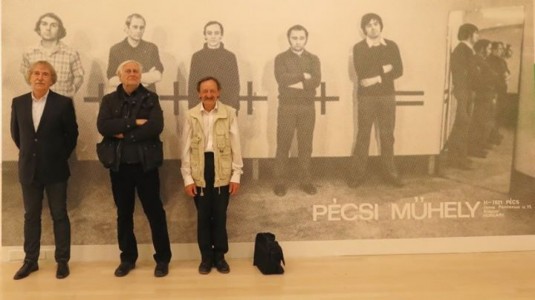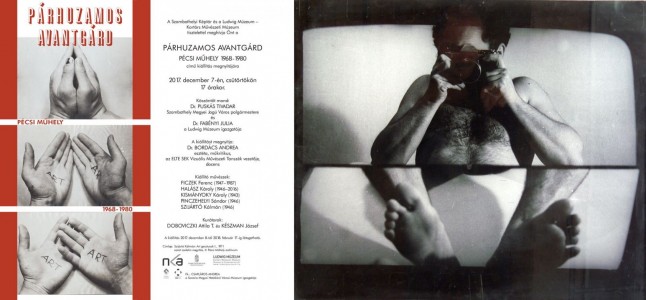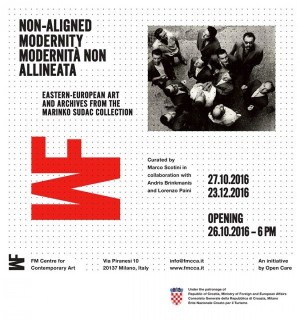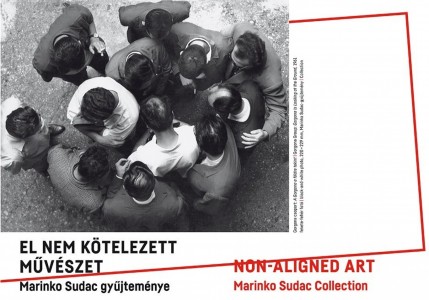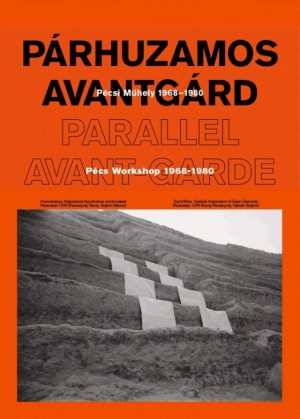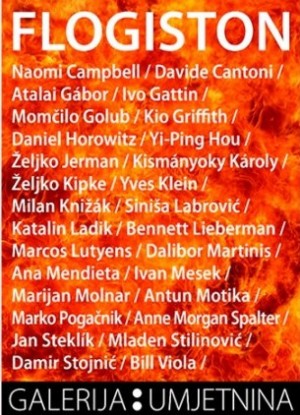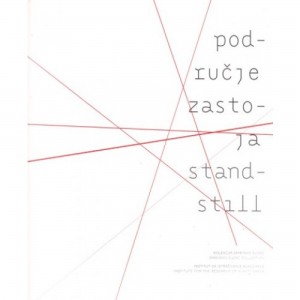KÁROLY KISMÁNYOKY
Biografija

Mađarska
1968-1989
Kismányoky Károly and Szijártó Kálmán started Land Art projects in Hungary in 1970, as part of their activity within the art group Pécs Workshop on the hill overlooking the city, where their experiments began. Early works were based on introducing abstract elements into nature; the procedure close to the modernist streams of the post-war art in Central Europe. Modernism at the time functioned as the reference of the neo-avant-garde art and since it did not critically oppose, nor analyze the system, it was acceptable to communist authorities. On the other hand, to some artists, Modernism represented a protest against Soviet dominance in culture. At the time Hungarian art was divided into three categories known as 3T (tamagotni, turni, tiltani), i.e. the supported, the tolerated and the banned art. he majority of conceptual artists belonged to the last category. After the Hungarian revolution in 1956 and until the end of the ’60s, the Communist Party had strictly controlled the art production, especially in Budapest. In Pécs, as the secondary culture centre, the activity of the Pécs workshop went on with certain level of material support, but its members had to justify their projects constantly in front of the local authorities–another reason why they chose to work in the abandoned industrial zones outside of the city, like quarries and sand dunes. heir approach to Land Art was based on recording their methods marked by minimal gesture, by the ephemeral, through activities and materials that were nature-friendly. his opposed the official politics from Moscow that were firmly rooted in Stalin’s slogan “man must conquer nature”. For that reason, the nature in many countries of the former Eastern Bloc has been so polluted that today we talk of the ecocide.
Projekti u kojima su izlagani radovi
umjetnički utjecaji
KÁROLY KISMÁNYOKY utjecao je na:
Mađarska
1968-1989
STUDIO-KAPELICA GYÖRGYJA GALÁNTAIJA
Mađarska
1968-1989
Na KÁROLY KISMÁNYOKY utjecali su:
STUDIO-KAPELICA GYÖRGYJA GALÁNTAIJA
Mađarska
1968-1989
Mađarska
1968-1989
